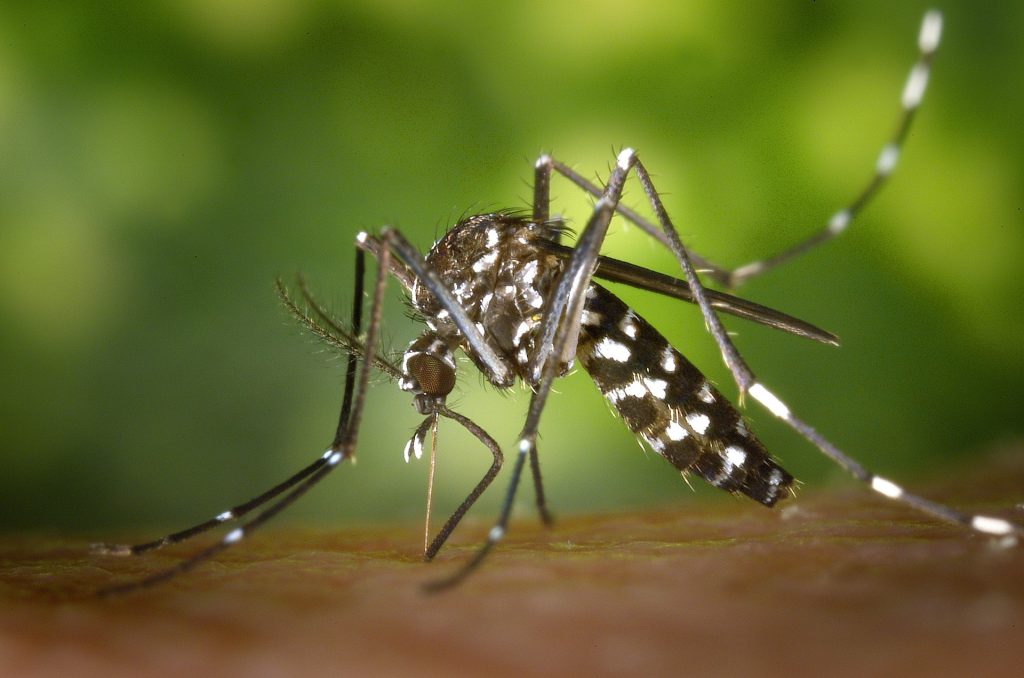A Dangerous Type Of Mosquito Has Been Found In Florida
The deadly Culex lactator mosquitos were first discovered in Florida in 2018 and have since been making their way to more counties throughout the state.
This article is more than 2 years old

Florida is known for a few things, like its greenery and sunshine. With greenery comes a lot of animals and pesky insects including a dangerous new type of mosquito. The Culex lactator mosquitos have been making their way to more counties and could spread diseases.
According to NPR, researchers at University of Florida Medical Entomology Laboratory first discovered the flying insect near Miami in 2018. They have spread to other counties in Southwest Florida. This has been raising concerns amongst scientists.
Lawrence Reeves, a mosquito biologist at UF/IFAS, explains how the state’s climate plays a role in the spread of this pesky insect. Florida is close to the tropics, and climate conditions ideal for non-native mosquito species. Reeves adds that the increasing storms and intensity could be blowing in more mosquitoes from the Caribbeans and Central America.
Unfortunately, scientists cannot point to one specific cause of how these bugs were introduced to Florida. Speculations from scientists claim that climate change can be a factor in welcoming non-native mosquitoes. All we know is that they have been identified in parts of the state.
The Culex lactator mosquitoes are small, dark-colored mosquitoes with narrow wings and long, thin legs. So how are they any different than your typical mosquito? They have distinct white bands on their proboscis, or feeding tube, which is a defining characteristic from other species.
The specific type of mosquito is typically found in standing water habitats, such as ponds, marshes, and wetlands. They can be found across the world, particularly in tropical and subtropical regions. It’s no surprise that they made some areas in Florida their new home.
The National Library of Medicine identifies mosquitoes as a common vector of disease. This means mosquitoes are responsible for the transmission of several diseases to humans. Anybody who’s encountered them can tell you they like to bite.
Mosquitoes can transmit the pathogens, or germs, that cause malaria, lymphatic filariasis, and numerous viral infections. Specifically, the Culex lactator mosquito can carry West Nile virus, encephalitis, and filariasis. They are also a vector for several avian diseases, which can have implications for bird populations.
While not all Culex lactator mosquito bites can result in disease transmission, they can still pose health risks. Some individuals may experience mild to severe allergic reactions to bites from the insect. Repeated bites can cause discomfort and irritation.
If all of this sounds scary to you, there are prevention and control measures you can take to reduce your risk of being bitten. To help curb disease transmission you can spray common mosquito repellant or install netting. Eliminating standing water habitats like small puddles near your home can mitigate their breeding grounds.
Reeves notes that new species like the Culex lactator are concerning because non-native species pose the greatest issues. Despite their public health threat, relatively little research has been conducted on their biology, ecology, and distribution, so it can be difficult to anticipate what their future impact may be. For now, take the preventive measures as you would normally for mosquitos.





